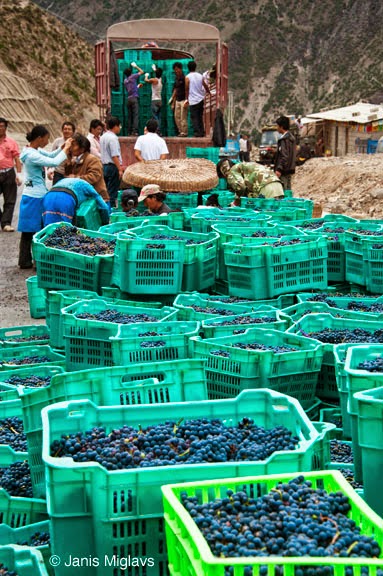 |
| Sunset light falls on Crater Lake in southern Oregon. |
The Klamath Indians have this story about Oregon's Crater Lake:
A band of Indians were returning from a hunting
trip and went up a mountain. At the top of the mountain they looked into
its crater and saw a most beautiful blue lake -- bluer than the skies
above it. They were awed by the intensity of the blue depths and by the
smoking island in the lake. They were sure it was the home of Llaos, the
Great Spirit.
Feeling that they had invaded forbidden ground,
they quickly retreated down the slope and made camp for the night at a
fitting distance away.
But one of the Indian braves could not forget the
beautiful sight. He could not resist going back to stand on the rim and
gaze at it. When he came away he felt much stronger. He went again and
came away stronger and more powerful. After a third visit he grew daring
and decided to go down the steep side of the crater. He bathed in the
beautiful blue waters. After this he was the strongest and most skillful
warrior of the tribe.
 |
| Imagine the Native American diving into Crater Lake and becoming a better hunter. Then one Indian ruined the lake's magic powers. |
Other Indians wanted to do as he had done. So they
also looked at the lake and bathed in its waters and each one came away
more powerful than he had been before. They were better hunters, faster
runners, more sure of their skills.
But one day, for some unknown reason, one Indian
brave, when he was bathing in the lake, killed one of the creatures that
lived in the water. Suddenly hundreds of the lake creatures, or Llaos,
came from the water, rushed after the warrior and killed him. This ended
the spell for all Indians, and they now knew that they could no longer
go to the lake.
The fathers told their sons, and those sons told
their sons that "death will come to any Indian who even dares to gaze
upon the blue waters of Llaos Mountain."
 |
| Oregon's Crater Lake under the magic spell of winter. |
























































